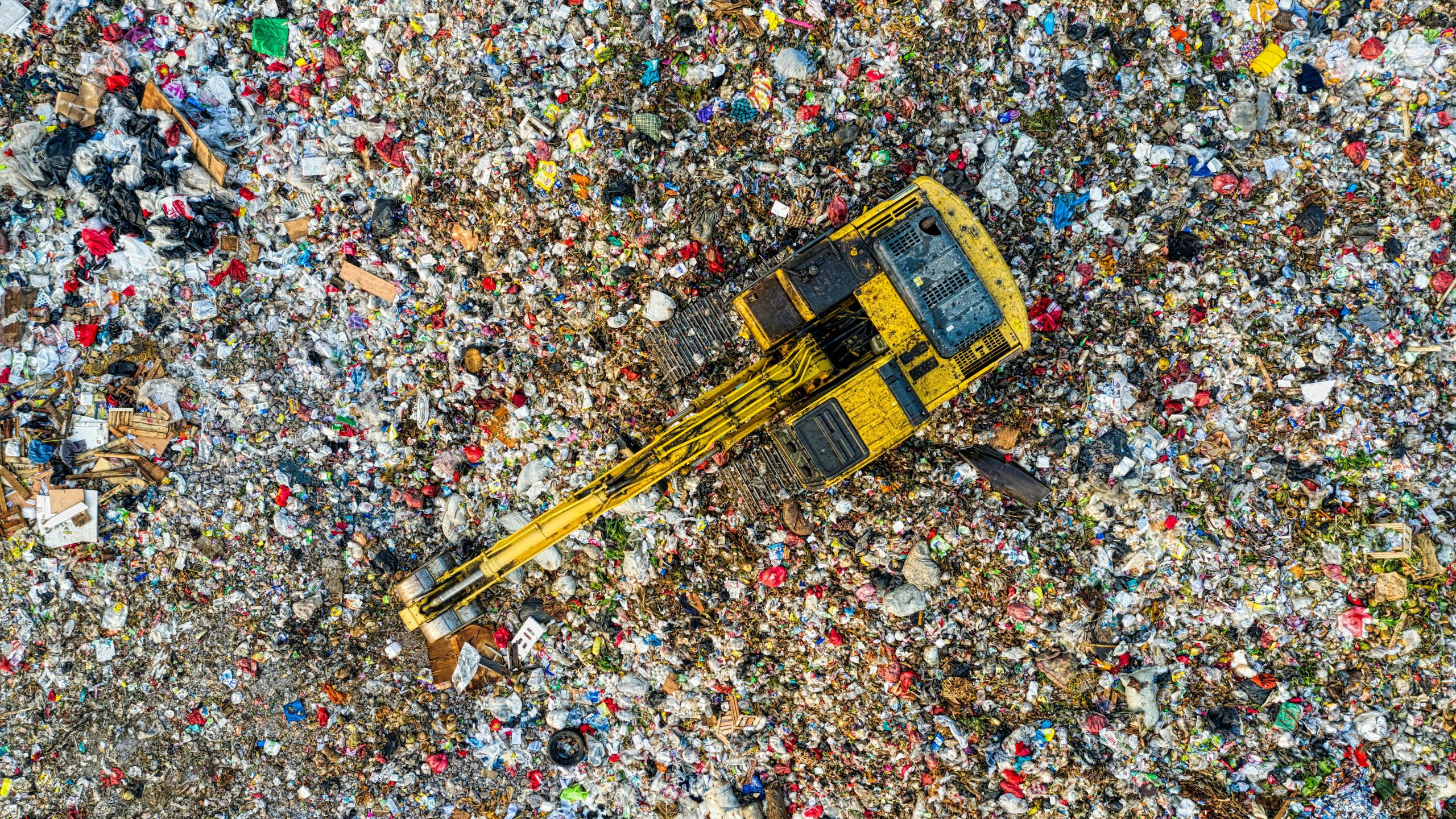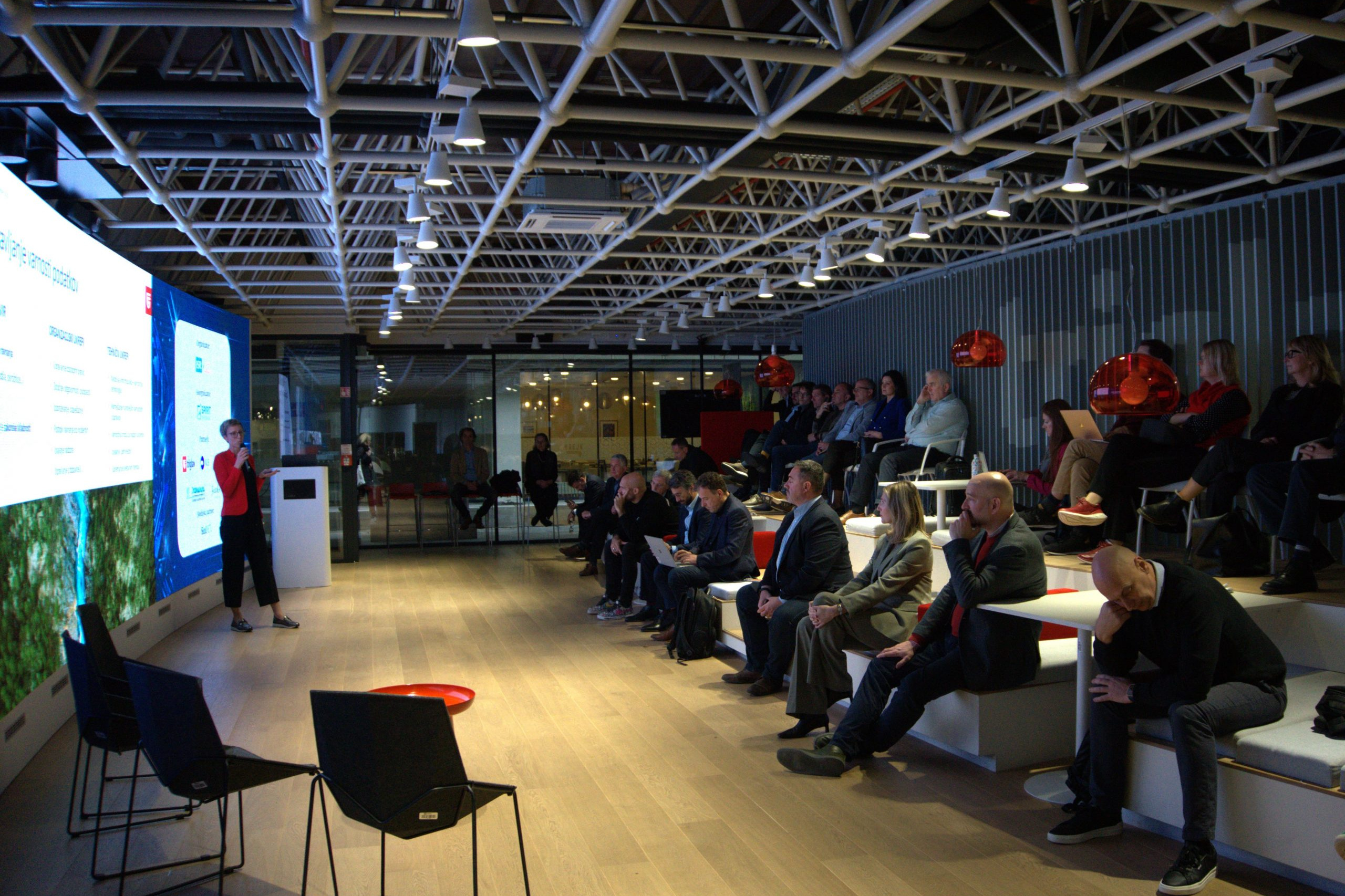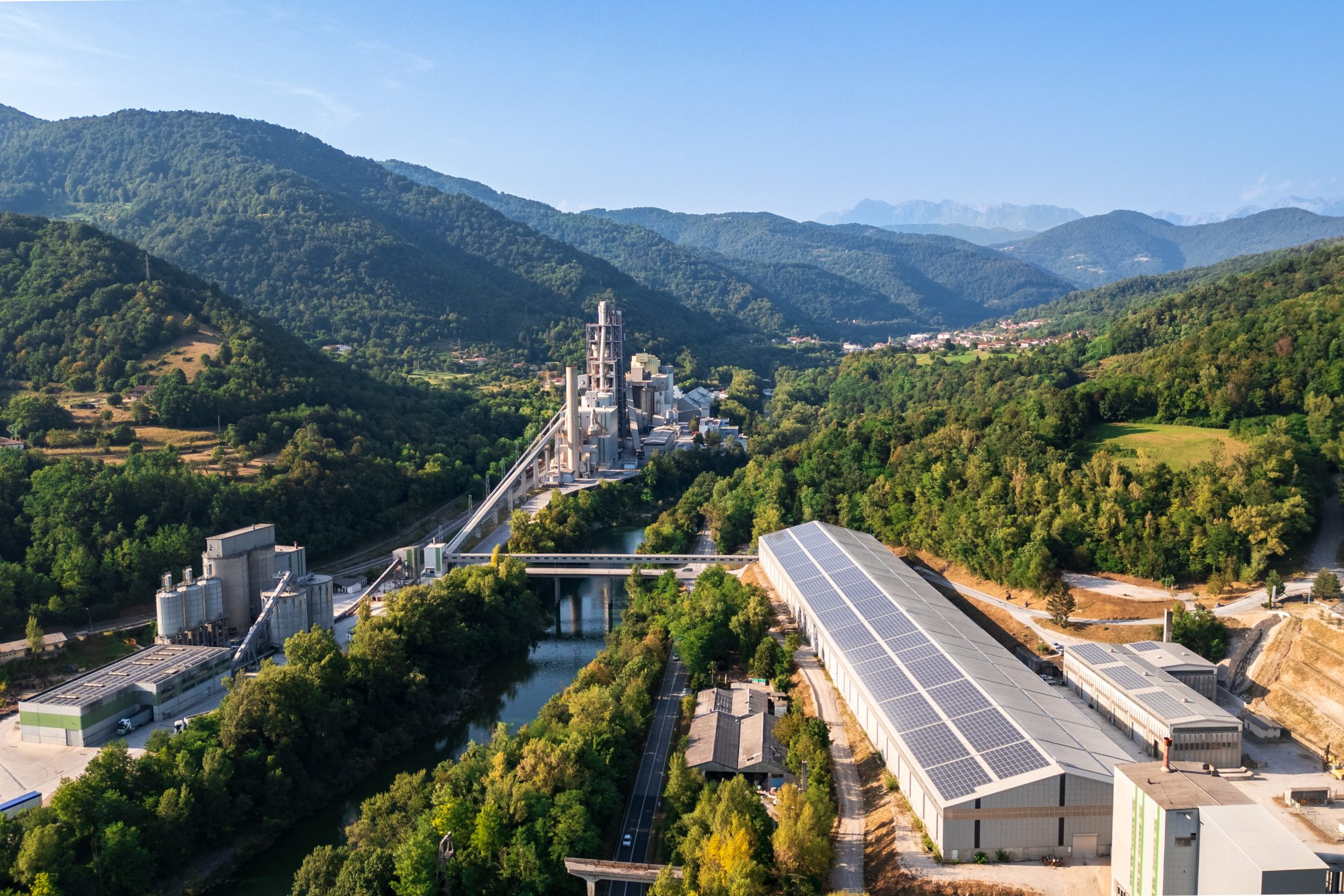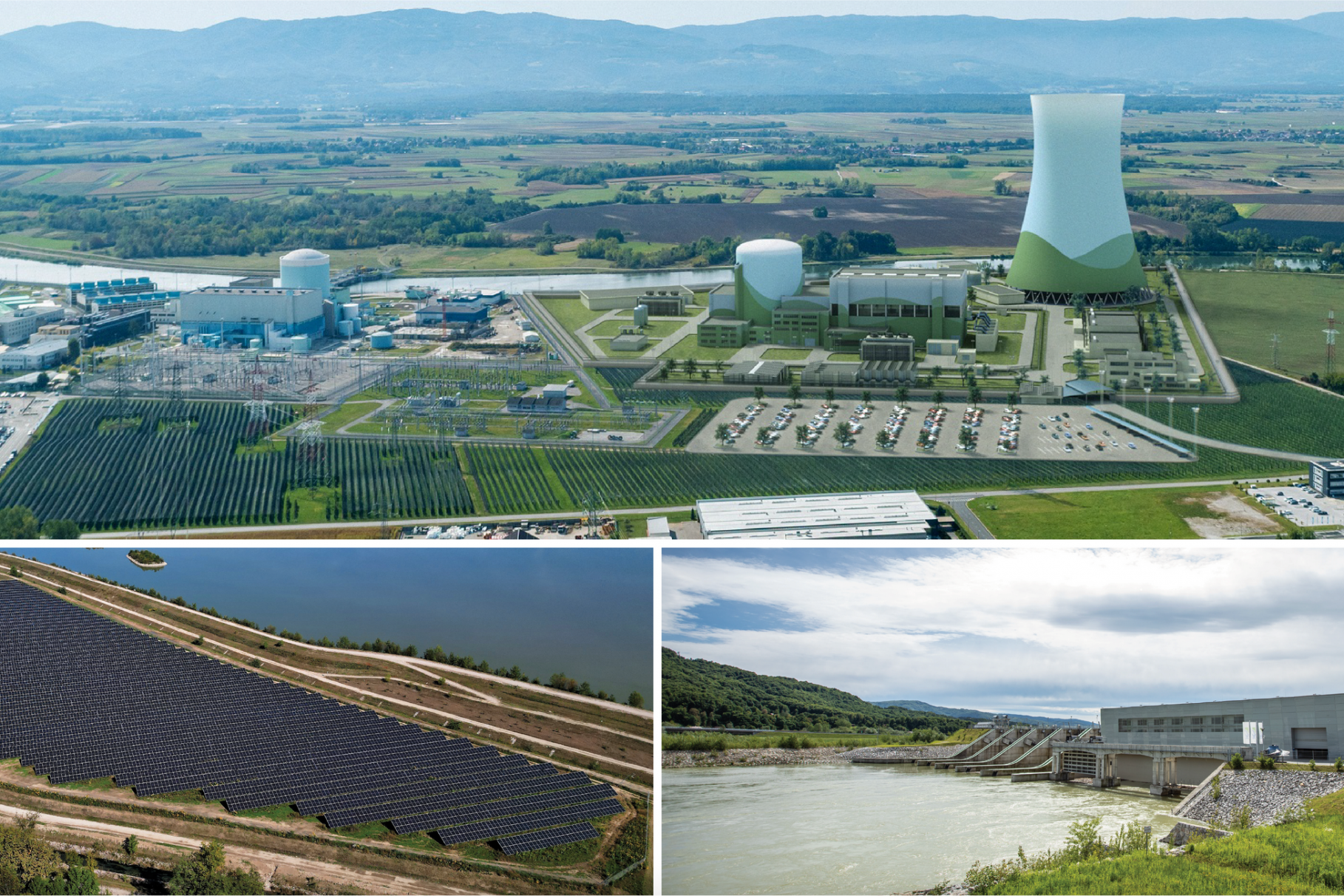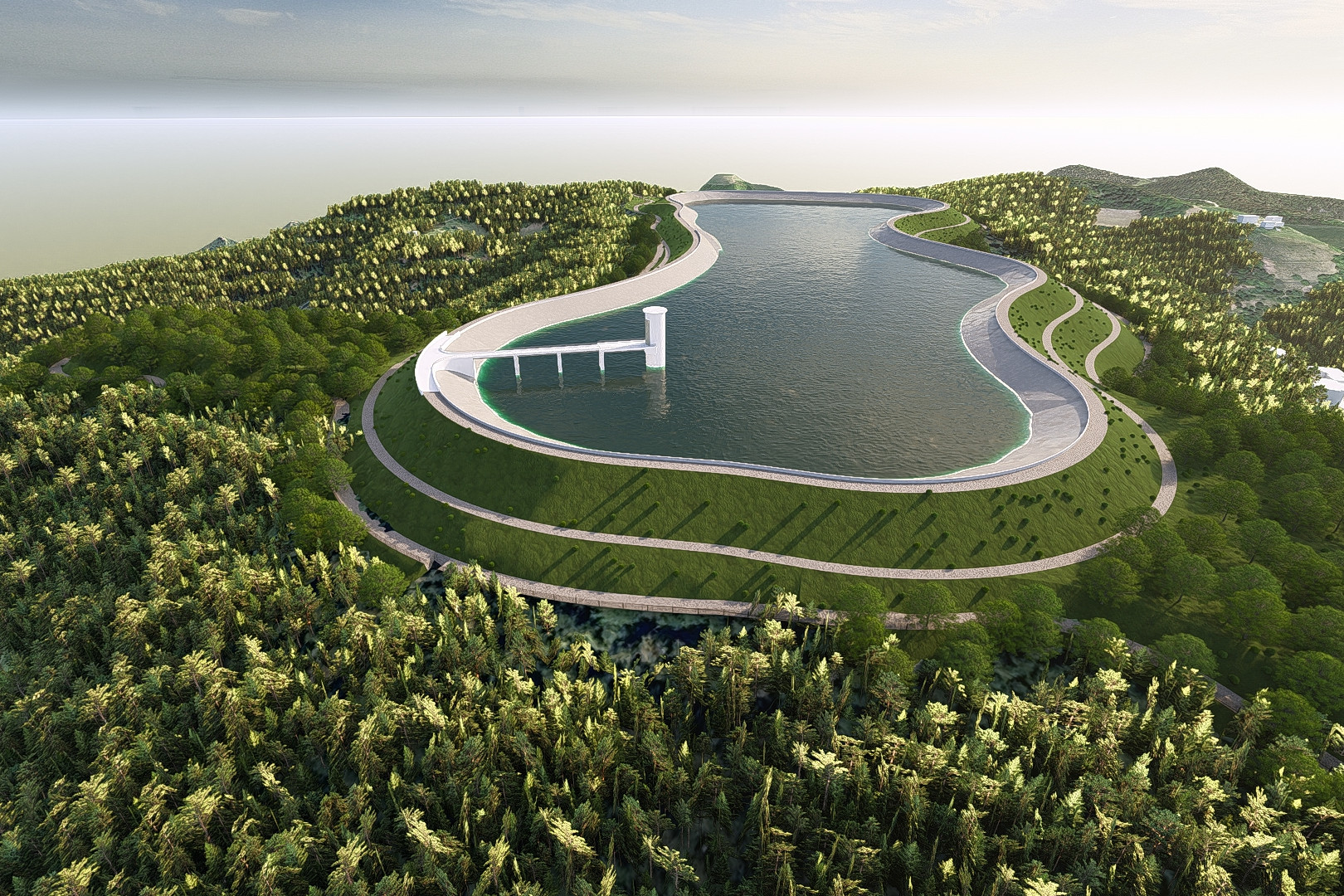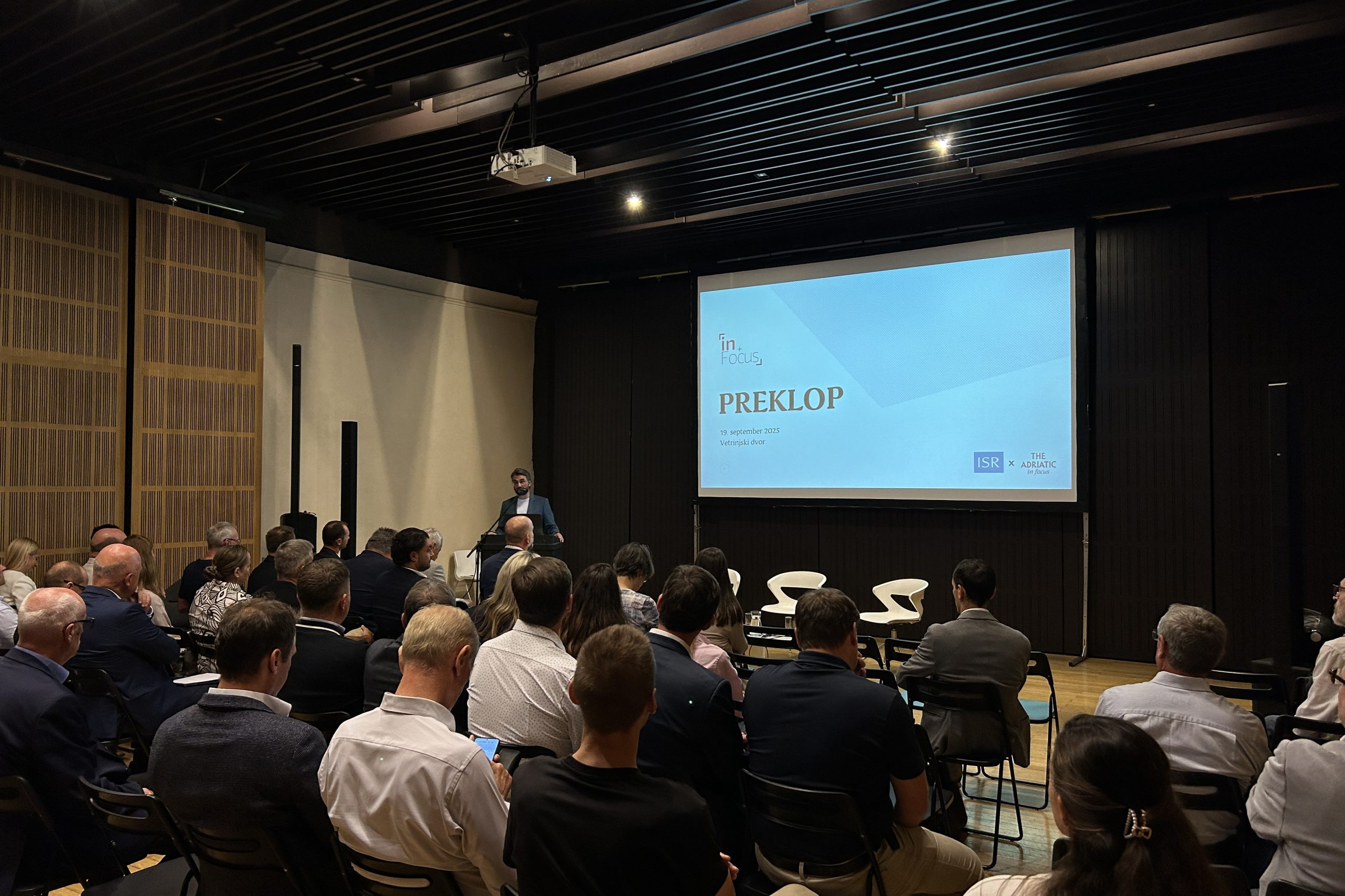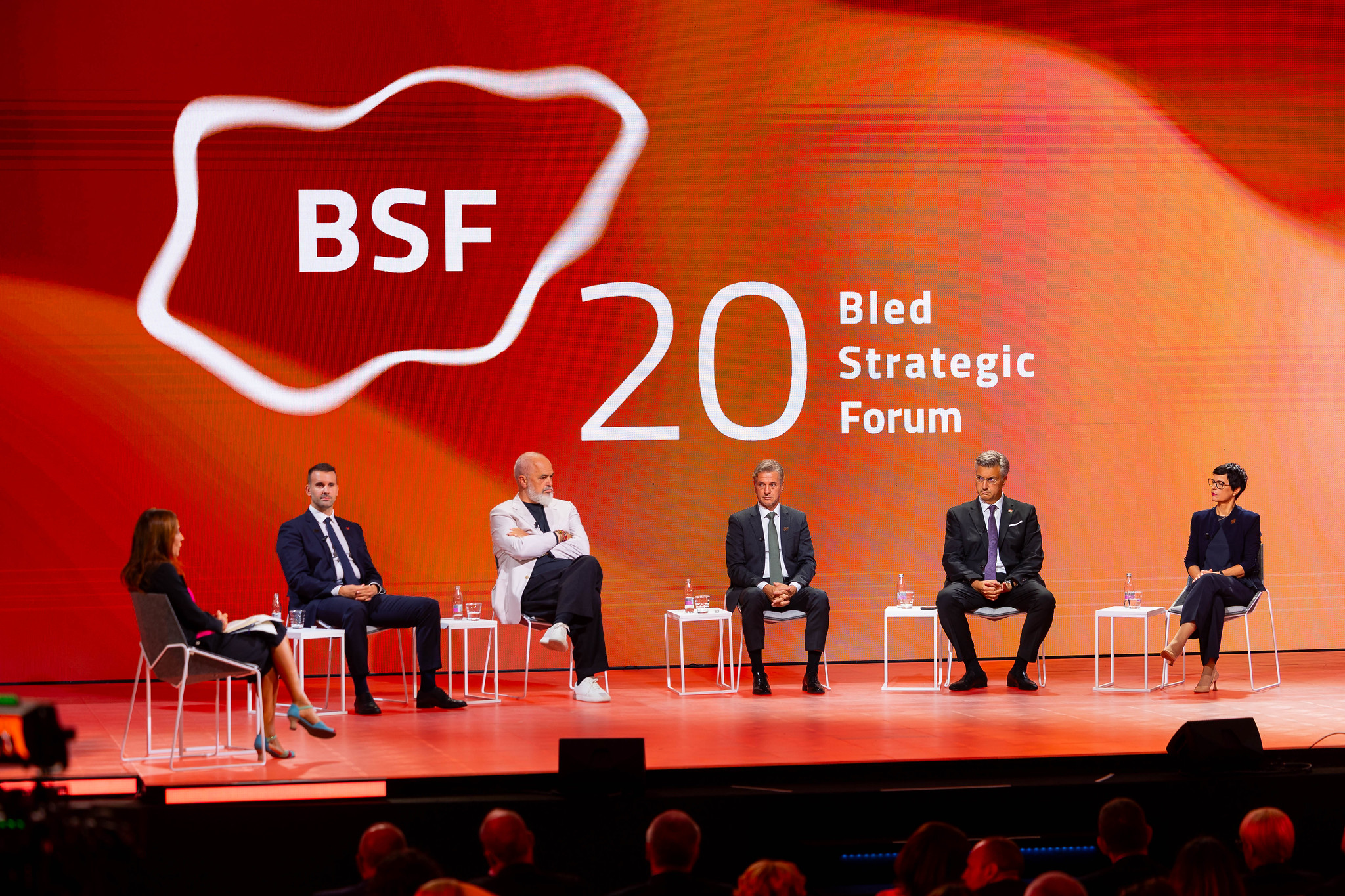BURN AFTER REUSING
The Adriatic team
Europe is facing a significant waste problem. In 2021, a staggering 54 million tonnes of waste ended up in landfills without any prior sorting or recycling. On average, Europeans produce up to five tonnes of waste per person, but only about a third of that gets efficiently recycled. Slovenia, once hailed as the “Green Capital of Europe,” is now grappling with an overwhelming accumulation of waste that recycling companies are struggling to handle due to the society’s increasing consumerism.
One seemingly intuitive solution to this problem is to burn the waste. While considered taboo and questionable by many, several countries have differing legal frameworks regarding waste incineration. Austria and Germany stand out with their stringent standards in this regard. Burning waste isn’t an end in itself; it’s seen as a viable alternative fuel source that can be utilized locally, reducing the need for importing fossil fuels. In these countries, society has largely accepted waste incineration as a necessary means of disposing of waste that has no further use.
There were initially concerns among Austrians about using waste as fuel. Dr. Roland Pomberger, a leading expert on waste management at the University of Leoben, emphasised this at the event organised by the Institute for Strategic Solutions in Ljubjana, that focused on Slovenia’s mounting waste crisis. “It’s a process,” he said. “However, after the establishment of the first incinerator, it became evident that there were no adverse effects.” An important development that ultimately contributed to the decision was Austria’s 2004 prohibition on landfill dumping, a move endorsed by the Ministry of the Environment.
Green and clean
It’s worth backtracking to note that the solution isn’t as simple as just “burning waste”. There’s the added layer of complexity: ensuring that the process doesn’t harm the local population – a fact Dr. Pomberger and many of his countrymen are keenly conscious of. Within the framework established by the EU to regulate the legal and technical aspects of waste incineration and coincineration, there’s no scientific evidence directly linking these practices to environmental or health concerns. Provided they adhere to EU standards.
It’s expected that EU member states will have to recycle at least 65% of all communal waste by 2035 and limit the amount of waste that ends up at landfills to maximum 10%, according to Dr. Filip Kokalj from the University of Maribor. He also pointed to incineration as an alternative solution that allows waste to be processed into energy for the needs of the general public.
The alternative lies in either importing fossil fuels or exporting waste, both of which contribute significantly to carbon emissions. “We’re compelled to ship waste abroad, despite the potential to utilise it for our energy needs,” stated Dragan Trivunčević, spokesperson for waste processing company VOKA Snaga. Due to inadequate infrastructure in Slovenia, the country exports waste to Bosnia, Croatia and Hungary. “A considerable portion,” added Darja Figelj, CEO of Interzero, “eventually finds its way to the Third World, where efficient and clean waste processing facilities are often lacking.”
Stuck in neutral
However, the solution in Slovenia is far from straightforward. Franc Dover, CEO of Snaga Maribor, cautioned that society’s excessive consumerism and insufficient capabilities pose significant challenges: “In services like waste management, addressing all challenges isn’t feasible solely through the efforts of one company,” he emphasised, calling for a systematic approach.
Bernarda Podlipnik, from the Slovenian ministry for the environment, disclosed that in 2012 the government planned to construct incineration plants in Ljubljana and Maribor, but the projects were put on hold.
In Ljubljana, there were three viable locations identified for incineration plants. In 2007, Energetika Ljubljana, an energy company, conducted studies on these potential sites, deeming two of them suitable. “The first was adjacent to the existing thermal power plant in Ljubljana, and the second was along Letališka cesta,” stated Gregor Golja of the company. Plans and initial studies were already in place for these locations, with only the thermal power plant remaining in consideration. In 2022, Energetika Ljubljana swiftly revisited the 2007 study, concluding that the previously excluded site near the Barje landfill was more suitable. “At that time, the planned thermal capacity of the incineration plant was around 40 MW. However, following the construction of the regional waste management centre RCERO and the potential importation of waste from two other regional centres in Jesenice and Zasavje, the thermal capacity would nearly double to 73 MW.”
Ultimately, every organic substance in nature becomes a source of energy sooner or later. “While thermal utilization may be at the bottom of the hierarchy, we cannot avoid it,” argued Dr. Tomaž Vuk, CEO of Alpacem Cement. “Every society will only succeed if it can efficiently solve its problems. It makes sense to address the issue as close to its origin as possible to avoid transportation. Therefore, we must also consider thermal utilisation where energy is needed, such as in large industrial facilities where energy drives production processes.”

